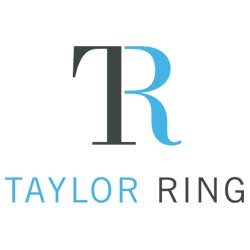Product liability, medical negligence focus: medical scope alarms
Duodenoscopes. Gastroscopes. Colonoscopes. Bronchoscopes.
What do all these medical devices — used for internal looks and treatment of patients’ body parts and organs, such as lungs, stomachs, bladders and colons — have in common?
According to emerging research, these medical devices are often impervious to truly effective post-use cleaning protocols.
The result: Many of the scopes continue to harbor dangerous bacteria as they are used multiple times on successive patients.
A recent article in the Los Angeles Times discussing tainted medical scopes cites numerous recent instances — including one at UCLA, where three patients died — in which medical scopes have resisted cleaning attempts and subsequently infected additional patients.
Just how worrisome is this?
One university study has concluded that a significant number of in-use scopes resist cleaning attempts, even when sterilization protocols recommended by scope manufacturers are rigidly adhered to.
That concerns many industry commentators. One epidemiologist calls scope contamination “deeply disturbing.” A pathology professor counsels against some health regulators’ propensity to “just pretend it’s only happening with one set of complex scopes.”
Is the problem primarily tied to medical negligence (failure to adequately clean) or grounded in product liability concerns that owe to the flat impossibility of ensuring taint-free scopes even after cleaning is carried out per manufacturing instructions?
It appears to be a combination of both those factors.
And it is undoubtedly serious, given, as the Times reports, that scopes “as a group are used tens of millions of times each year.”
We will keep readers timely updated on this important medical issue.
Related Articles
- Product Liability
- Recently Recalled Products Pose Tip-Over and Entrapment Hazards to Children
- Takata Bankruptcy Has Far-Reaching Implications
- These Sorin 3T Heater-Coolers Pose a Serious Risk
- Concerns regarding Medtronic’s device royalty scheme
- Less than 1 percent of imported products, including toys, inspected for safety issues

Serving clients throughout the Greater Los Angeles and Southern California area, we represent victims in a variety of civil litigation cases. If you or a loved one has been injured, turn to an experienced Los Angeles personal injury or sexual assault lawyer.
Find out more about Taylor & Ring.

